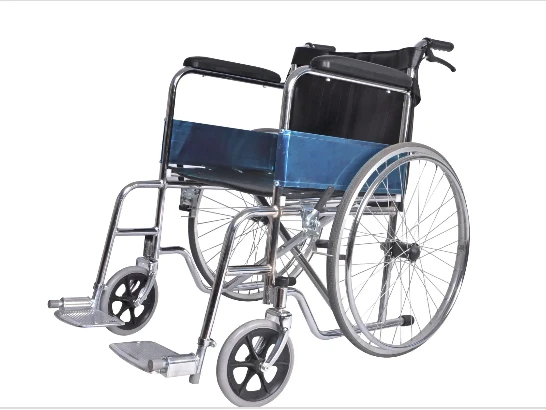Welcome to our websites!
walking assistance devices for elderly
Walking Assistance Devices for the Elderly Enhancing Mobility and Independence
As the global population ages, the pursuit of maintaining independence and mobility becomes increasingly paramount for elderly individuals. Walking assistance devices have emerged as vital tools that not only aid in mobility but also enhance the quality of life for seniors. These devices encompass a range of supportive equipment designed to assist those who may experience difficulties in walking due to age-related factors or medical conditions. This article explores different types of walking assistance devices available for the elderly, their benefits, and considerations for usage.
Types of Walking Assistance Devices
1. Canes Canes are perhaps the most common form of walking assistance device. They provide support and stability, allowing users to balance while walking. Standard canes are typically adjustable to accommodate different heights, while those with a wider base, known as quad canes, offer even more stability. Canes are suitable for seniors who experience minor balance issues or need additional support without significantly limiting their mobility.
2. Walkers Walkers provide greater stability than canes. They come in various types, including standard walkers, rolling walkers (or rollators), and two-wheeled walkers. Standard walkers require users to lift them with each step, while rollators have wheels and allow for smoother movement, making them particularly beneficial for those who may tire easily. Some walkers also feature built-in seats, offering users a place to rest during longer outings.
3. Wheelchairs For individuals with more significant mobility challenges, wheelchairs serve as essential tools. They can be manual or powered, catering to different levels of autonomy. Manual wheelchairs require physical effort from the user or a companion, while powered wheelchairs allow users to navigate easily without exerting much energy. Many modern wheelchairs are designed to be lightweight and portable, making them convenient for travel.
4. Mobility Scooters Mobility scooters offer a solution for seniors who wish to maintain a degree of independence while needing assistance with longer distances. They are typically easy to operate and can be used both indoors and outdoors. Mobility scooters provide a comfortable seat and allow users to travel at higher speeds compared to walking, making them ideal for shopping trips or community activities.
5. Stairlifts and Mobility Elevators For elderly individuals living in multi-story homes, stairlifts and mobility elevators can significantly improve accessibility. Stairlifts are installed along staircases and allow users to travel between floors safely and comfortably. Mobility elevators provide a more comprehensive solution, enabling individuals to move between multiple levels in a home without the physical strain of stairs.
Benefits of Walking Assistance Devices
Walking assistance devices are designed not only to aid in mobility but also to foster independence among the elderly. The benefits include
walking assistance devices for elderly

- Increased Safety These devices significantly reduce the risk of falls, which are a leading cause of injury in older adults. By providing necessary support, they enhance stability and confidence while walking.
- Improved Quality of Life With the aid of walking assistance devices, seniors can engage more fully in daily activities, from grocery shopping to participating in social events
. This level of engagement is crucial for mental and emotional well-being.- Customization and Adaptability Many devices are adjustable and can be tailored to suit individual needs, ensuring comfort and safety for the user.
Considerations for Usage
While walking assistance devices offer numerous advantages, it is essential to consider several factors when selecting the appropriate device
- Consultation with Healthcare Professionals It is advisable for seniors to seek guidance from physicians or physical therapists to determine the most suitable device based on their specific mobility needs.
- Trial Period Many suppliers offer trial periods for walking assistance devices. This allows users to assess comfort and functionality before making a purchase.
- Training and Familiarization Proper instruction on using the device is crucial. This not only enhances safety but also ensures that seniors maximize their usage effectively.
In conclusion, walking assistance devices play a pivotal role in supporting the mobility and independence of elderly individuals. By providing the necessary stability and support, these devices allow seniors to maintain an active lifestyle and enjoy greater confidence in their daily activities. As technology continues to advance, the future of walking assistance devices looks promising, with the potential for even more innovative solutions tailored to the needs of the elderly population.
-
Essential Equipment for Ambulance and Emergency CareNewsApr.17,2025
-
Essential Bedside Cabinets for Healthcare SettingsNewsApr.17,2025
-
Essential Bedside Cabinets for Healthcare FacilitiesNewsApr.17,2025
-
Efficient Transfer Solutions for Healthcare SettingsNewsApr.17,2025
-
Efficient Solutions for Medical Storage and DistributionNewsApr.17,2025
-
Affordable and Versatile Examination BedsNewsApr.17,2025
-
The Essential Guide to Walking Aids for SeniorsNewsApr.07,2025











